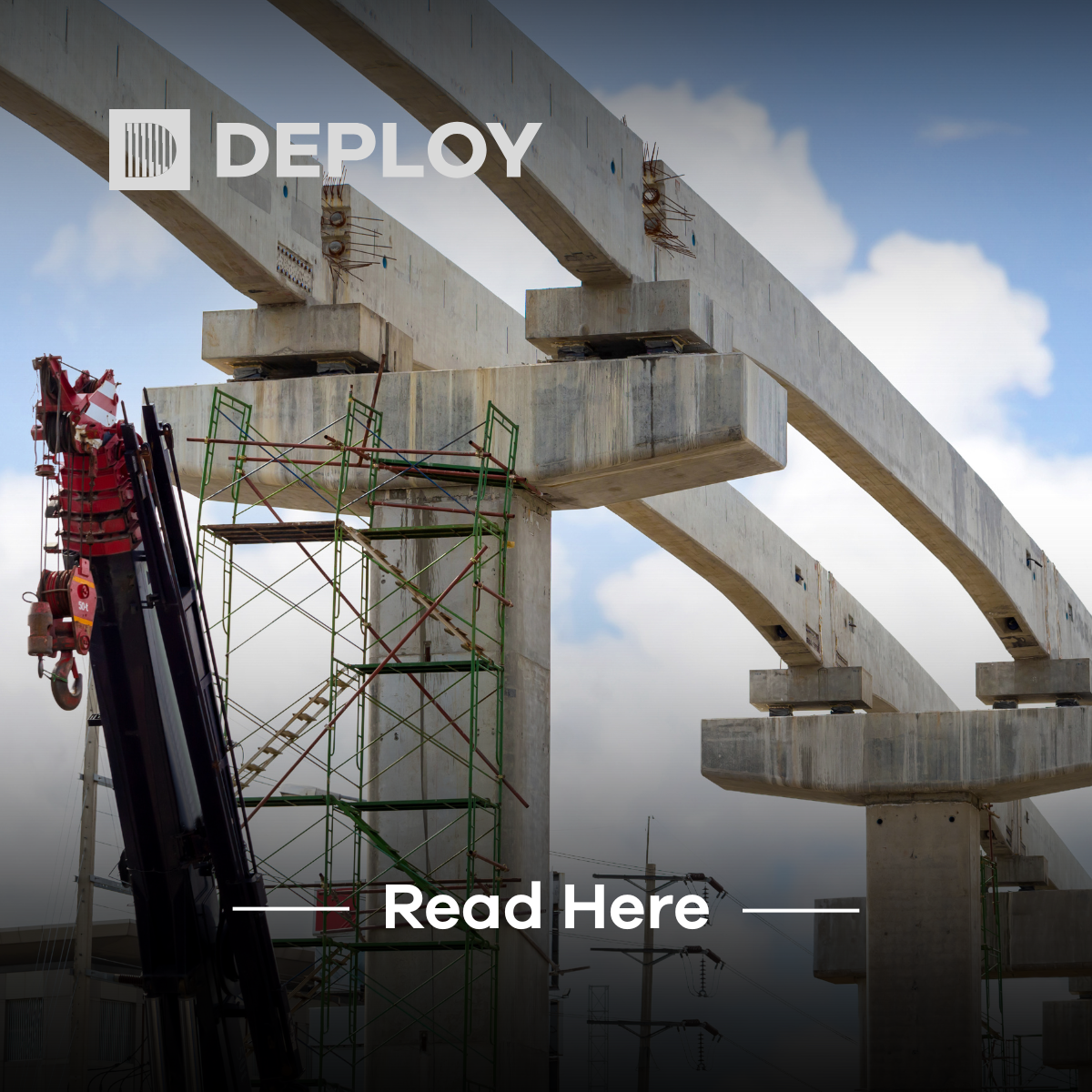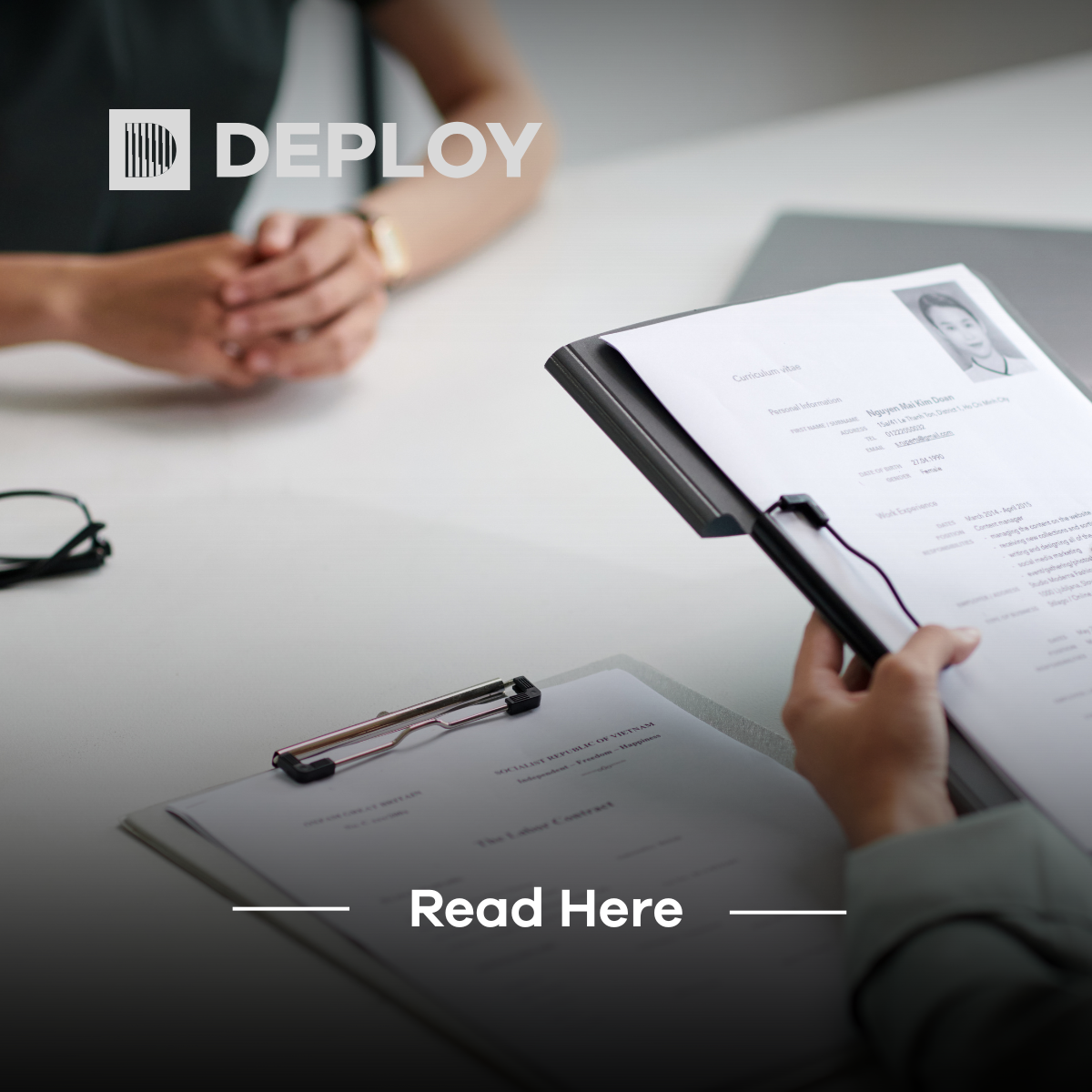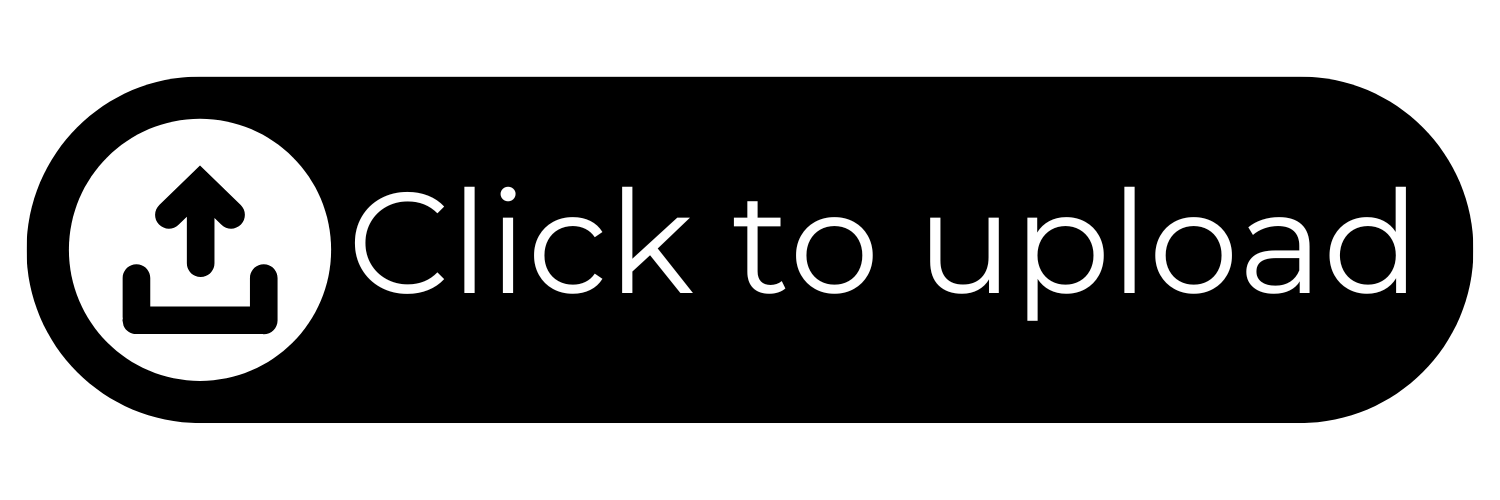The Next Generation of Rail Talent: Attracting Skills for a Changing Industry
Rail’s turning point for talentbtitle for your new post
The UK rail industry stands on the edge of its biggest transformation in decades. From HS2 to Network Rail’s Digital Railway programme, investment is reshaping everything from construction to control systems. Yet behind the impressive engineering is a quieter challenge: finding and keeping the people who’ll deliver it.
As experienced engineers retire and technology redefines roles, the competition for talent has intensified. The next generation of rail professionals isn’t just looking for a job — they’re looking for purpose, development, and modern working cultures.
At Deploy Recruitment Group, we see this shift every day. The rail industry’s future success will depend not only on its infrastructure but on how effectively it attracts, inspires, and retains the people who make it run.
The skills challenge: where the gaps are widening
The National Skills Academy for Rail (NSAR) estimates that more than 120,000 new recruits will be needed by 2030 to meet demand across operations, construction, and digital systems. Skills shortages already affect key areas such as:
- Electrification and power systems
- Digital signalling (ETCS, CBTC)
- Civil engineering and project management
- Environmental and sustainability expertise
The causes are well known: an ageing workforce, limited early-career pathways, and competition from other sectors such as energy and tech.
For employers, the message is clear — the traditional model of rail recruitment needs to evolve. Waiting for candidates with identical experience no longer works; developing adjacent skills and upskilling new entrants will.
Digital rail and the rise of new disciplines
The modern railway is as much about data and connectivity as it is about tracks and trains. Digital signalling, predictive maintenance, and integrated control systems are creating demand for new disciplines — cyber security, systems engineering, and data analytics.
Projects like Thameslink’s Automatic Train Operation and Transport for Wales’ smart infrastructure upgrades show how digital capability is becoming the backbone of reliability and efficiency.
This evolution doesn’t replace traditional engineering — it enhances it. The future rail professional needs both hands-on expertise and digital fluency.
That’s why progressive organisations are investing in cross-training and hybrid roles, blending mechanical skill with digital insight. Those that adapt fastest will have a decisive advantage in the race for talent.
Rethinking recruitment: what attracts the next generation
For many younger candidates, the question isn’t “Why rail?” but “Why here?”
The next generation values culture, flexibility, and progression as much as pay. To attract them, rail employers must compete not just on salary but on experience.
What works:
- Modern employer branding. Showcase purpose — from decarbonisation to national connectivity.
- Early-career access. Partner with universities, technical colleges, and apprenticeships to build visible routes into the industry.
- Diversity and inclusion. A wider range of voices drives innovation; representation matters.
- Flexible work models. Remote diagnostics, hybrid teams, and site mobility are part of the new norm.
- Storytelling. Highlighting the human impact of rail — safety, sustainability, and connection — resonates far beyond technical specs.
Deploy’s experience shows that candidates increasingly assess employers the way consumers assess brands. Authentic communication, visible leadership, and clear development pathways make the difference between interest and application.
The retention revolution – culture, growth, and belonging
Attracting talent is only half the battle. Keeping it requires culture.
Retention hinges on three pillars:
- Growth. Employees want to see a path forward — structured progression, mentorship, and professional qualifications (IRSE, ICE, IMechE).
- Recognition. People stay where their contribution is seen and valued, not just measured.
- Belonging. Teams that feel inclusive outperform those that don’t.
Organisations such as Network Rail and HS2 Ltd have invested heavily in leadership development and inclusive initiatives to embed these values. The result? Higher engagement, lower turnover, and stronger project performance.
Deploy supports clients in aligning these cultural elements with recruitment — ensuring every hire not only fills a role but strengthens the long-term fabric of the business.
Building tomorrow’s workforce today
Change won’t wait. As digital projects accelerate, skills forecasting and talent pipelines must become strategic priorities, not HR afterthoughts.
Forward-thinking rail organisations are:
- Creating talent academies that train for future roles before they exist.
- Partnering with recruiters to map transferable skills from adjacent sectors.
- Using data analytics to predict attrition and plan succession.
This proactive approach ensures that when opportunities arise — from rolling stock innovation to decarbonisation programmes — the workforce is ready.
For candidates, it means a clearer view of how their skills fit into the rail of tomorrow. For clients, it means resilience in an industry where change is the only constant.
Conclusion – Rail’s future is powered by people
The future of UK rail depends not only on smarter trains and greener tracks but on the people who design, maintain, and manage them.
As technology evolves and expectations shift, employers who invest in culture, development, and inclusion will be the ones who thrive.
At Deploy Recruitment Group, we’re proud to connect the next generation of rail professionals with the organisations building the future.
FAQs
1. What skills are most in demand in UK rail right now?
Digital signalling, project management, electrification, and environmental roles top the list.
2. How can employers attract younger rail professionals?
By promoting purpose, flexibility, and clear career development pathways.
3. Why is diversity important in the rail sector?
Diverse teams bring wider perspectives, stronger problem-solving, and better innovation.
4. How can recruitment partners support workforce transformation?
By identifying transferable skills, designing inclusive processes, and building long-term talent pipelines.
5. What is the biggest opportunity in rail employment today?
The digital transformation of infrastructure — it’s redefining careers and creating entirely new specialisms.






